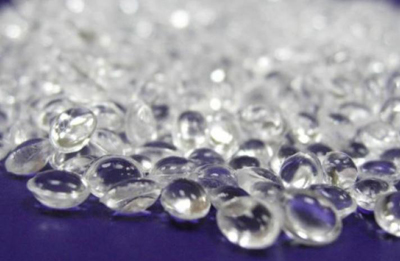Programmable shape change in bio-inspired thermoplastic elastomer bilayers
Catherine E. Wisinger, Leslie A. Maynard, Justin R. Barone, Virginia Tech
Biological systems employ elastomers to store energy and perform work. Elastin protein is found in arteries and ligaments. In ligaments, elastin resists tensile forces; but in arteries, it stores and releases elastic energy from the beating heart so the circulatory system can function properly.. Resilin protein in insect wings and legs stores and releases elastic energy to allow for more efficient flying and jumping. Humans have taken advantage of the elastic properties of biological proteins. Wheat gluten is an elastic protein found in wheat flour and provides dough with elasticity so that it can first be shaped (think spinning a pizza without it falling apart) and then baked (it allows bubbles to form and expand to provide nice, porous bread. Often, these biological elastomers undergo a shape change to perform a function. The most interesting shape change is from a 2D flat object to a 3D helix. Cucumber tendrils will change from straight to helical to allow the plant to climb towards sunlight. Seed pods have two layers, with the seeds sandwiched between them. When hydrated, each layer remains straight and closed; but upon falling off the tree and dehydrating, the layers twist apart and release the seeds . Bacteria have helical flagella that provide propulsion. Cholesterol will crystallize into helical ribbons. Engineers are attempting to build machines based on helical bacterial flagella. Plant tendrils and seed pods are heterogeneous bilayer structures. Seed pods are composed of two hydrogel layers. In each layer are oriented fibers that provide anisotropy to the layer, and one layer is oriented differently to the other. This will provide twist upon swelling with water or dehydrating. The natural systems have been mimicked by patterning two anisotropic layers through techniques like lithography, among others. The key to all of these structures is that the two layers have differently oriented anisotropy that can respond to a stimulus, i.e., hydration or dehydration.

